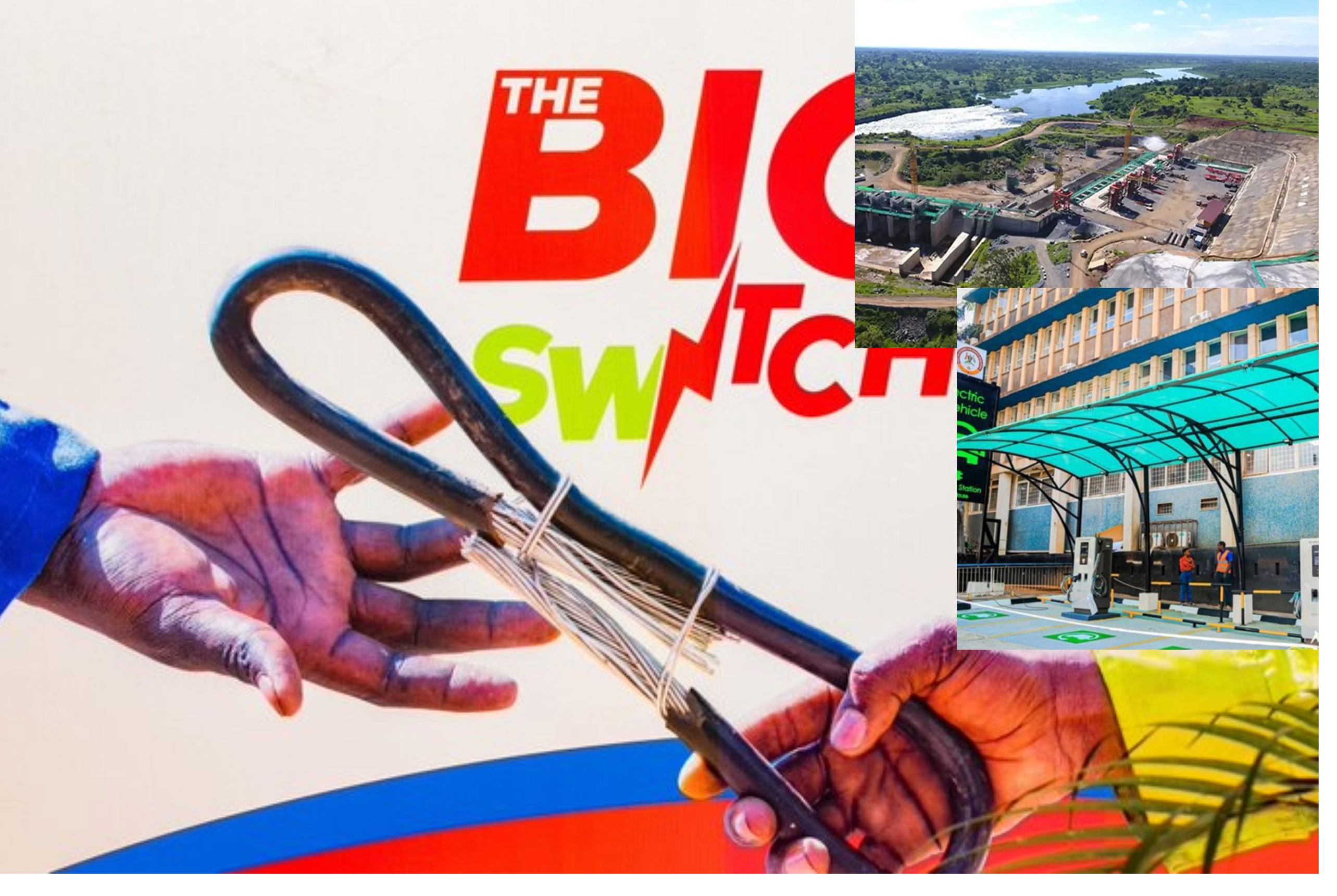UMEME’s 20-year presence in Uganda’s power sector has been a journey of struggle and progress. When it took over electricity distribution in 2005, the sector was in crisis frequent blackouts, massive energy losses, and an inefficient government-run system that had failed to meet growing demand. UMEME introduced reforms that improved efficiency, increased private investment, and expanded electricity access. However, it also attracted criticism for high tariffs, billing disputes, and occasional poor service delivery. Now, that electricity management has been handed back to Uganda Electricity Distribution Company Limited (UEDCL), many Ugandans wonder, will this move enhance or derail the progress made so far?
Lessons from UMEME’s Past
UMEME’s early days were characterized by operational inefficiencies and widespread dissatisfaction. Power theft and losses were high, and response times to faults were sluggish. Over time, it improved revenue collection, reduced power losses from 38% in 2005 to around 17% in 2022, and expanded the grid to previously under served areas. Despite these gains, Uganda remained among the countries with the highest electricity tariffs in the region, partly due to UMEME’s cost recovery model and investor-driven pricing.
However, affordability remained a key concern, with domestic consumers paying as much as UGX 756.2 per unit far beyond the reach of many Ugandan households. With UEDCL now taking over, a major shift in pricing policy is expected. The new government-driven model has introduced a lifeline tariff of UGX 250 per unit for domestic consumers using up to 100 units per month, a significant relief for low-income households. If implemented effectively, this could be a game-changer in making electricity more accessible to ordinary Ugandans while reducing reliance on alternative, less sustainable energy sources.
A Path to Affordable Power
A key argument in favor of UEDCL’s takeover is the anticipated reduction in electricity costs, particularly for industrial and commercial users. For Uganda to achieve its industrialization goals, affordable electricity must be at the core of economic planning. Under UMEME, medium-sized industrial players struggled with tariffs exceeding UGX 355 per unit, which made local manufacturing uncompetitive in the region. The new structure under UEDCL, which introduces tariffs as low as UGX 203.6 per unit for extra-large industries, is poised to lower production costs, attract investment, and drive job creation.
Additionally, the take-over seeks to boost economic productivity by restructuring how electricity is priced for public amenities such as hospitals and universities. With the new public amenities tariff set at UGX 360 per unit, institutions that provide essential services will see lower operational costs, ultimately benefiting the citizens who rely on them. This move signals a broader shift in how electricity is prioritized not just as a commodity for profit but as a tool for national development.
Will UEDCL Overcome Bureaucratic Challenges?
While the transition presents opportunities, the risks cannot be ignored. Government-run utilities in Africa often struggle with inefficiency, political interference, and financial mismanagement. If UEDCL falls into these traps, Uganda could face setbacks in electricity access and service delivery.
A well-managed transition must ensure operational independence, transparent financial management, and sustained investment in infrastructure. The government must also avoid reversing UMEME’s gains in reducing power losses and improving customer service. UEDCL’s ability to maintain efficiency and keep tariffs low without compromising service quality will be a key test of this take-over’s success. Past experiences with government-managed enterprises have raised concerns about sustainability. Will UEDCL prove different?
Why Uganda Is Not Making a Mistake
Critics on social media argue that Uganda is making a mistake by taking over electricity distribution. Many fear that service delivery will deteriorate, similar to past failures of government-run entities. However, global trends suggest that state-led electricity distribution, when properly managed, can succeed. Countries like Ethiopia and South Africa have nationalized power sectors that have been able to sustain growth and investment.
Additionally, UMEME itself faced heavy scepticism when it took over in 2005, but over time, it improved Uganda’s power sector despite its challenges. If UEDCL follows a structured approach, retains skilled professionals, and integrates modern technologies such as smart metering, it could deliver the efficiency and affordability that Ugandans desire.
The argument that electricity should be left entirely in private hands ignores the fact that energy is a public good that drives national development. The new cooking tariff, maintaining an affordable UGX 412 per unit for consumption between 81 and 150 units monthly, demonstrates that the government is keen on promoting electricity use over biomass fuels, which are harmful to the environment. This is a clear example of how public interest can sometimes outweigh profit-driven motives.
The Future of Uganda’s Power Sector
Uganda’s power sector is at a turning point. The transition from UMEME to UEDCL carries both promise and risk. If managed well, it could mean lower tariffs, improved rural electrification, and a boost for industrialization. However, if mishandled, the sector could regress into inefficiency and unreliable service.
What is clear is that this is an opportunity to build a stronger, more inclusive electricity system. Lower tariffs for households, industries, and essential institutions indicate that Uganda is moving towards a power sector that serves the people, not just the investors. Whether Uganda’s power sector shines brighter or flickers into darkness will depend on how effectively the government manages this bold step forward.
The writer is an Investment and Risk Management expert.
